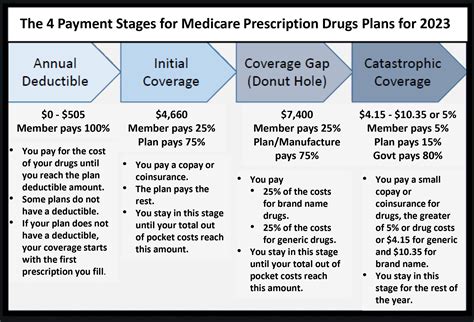Introduction
Pet ownership is a significant financial commitment that extends beyond adoption or purchase costs. As your furry companion ages, their health needs and veterinary expenses may increase. Pet insurance can mitigate these costs and provide peace of mind by covering unexpected medical emergencies. This article explores the importance of pet insurance throughout different life stages and compares the benefits and costs of popular plans.

Benefits of Pet Insurance
According to the American Pet Products Association, Americans spent over $31 billion on veterinary care in 2021. Pet insurance helps pet owners manage these expenses by reimbursing a portion of qualified veterinary bills.
Other benefits of pet insurance include:
- Reduces financial stress: Veterinary emergencies can be costly and strain your budget. Insurance provides financial protection against unexpected expenses.
- Access to quality care: Insurance coverage allows you to prioritize your pet’s health without sacrificing financial stability.
- Long-term savings: Consistent coverage over time can lower overall veterinary expenses, saving you money in the long run.
Life Stages and Pet Insurance
Pet insurance needs vary depending on your pet’s age and health.
– Puppy/Kittenhood: Young pets are prone to accidents and illnesses. Early enrollment ensures coverage for common conditions like vaccinations, spay/neuter procedures, and emergency care.
– Adulthood: Mature pets require routine checkups and preventive care. Insurance covers expenses related to dental health, chronic conditions, and emergency situations.
– Seniorhood: As pets age, health concerns become more prevalent. Comprehensive coverage can offset expenses associated with arthritis, cancer, and other age-related illnesses.
Comparison of Pet Insurance Plans
– Comprehensive Coverage: These plans cover a wide range of veterinary expenses, including accidents, illnesses, surgeries, and hospitalization. They offer the most extensive protection but come with higher premiums.
– Accident-Only Coverage: These plans are less expensive and only cover injuries resulting from accidents. They provide limited coverage but may be suitable for young pets with a low risk of illness.
– Wellness Coverage: These plans focus on preventive care, covering vaccinations, dental cleanings, and routine checkups. They help maintain pet health and can reduce out-of-pocket expenses over time.
Tips for Choosing Pet Insurance
- Consider your pet’s age, breed, and health: Choose a plan that aligns with your pet’s unique needs.
- Determine your financial capabilities: Set a budget and find a plan that fits your financial constraints.
- Read reviews and compare plans: Research different companies and plans to find the best coverage for your needs.
- Don’t delay enrollment: Enroll your pet early in life to avoid pre-existing condition exclusions.
Common Mistakes to Avoid
- Assuming your pet will not get sick or injured: Even healthy pets can experience unexpected health issues.
- Underestimating the costs of veterinary care: Veterinary expenses can be substantial, especially for emergency procedures.
- Overlooking wellness plans: Preventive care can prevent health problems and reduce future medical expenses.
Conclusion
Pet insurance is a valuable tool for pet owners, providing financial protection and peace of mind throughout their companion’s life stages. By understanding the benefits, comparing plans, and making informed decisions, you can ensure your pet receives the best possible care while managing veterinary expenses responsibly.





















